|
|
o MPG ARTISTS
|
|
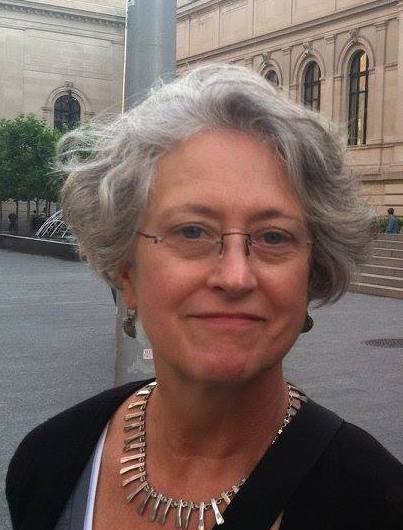
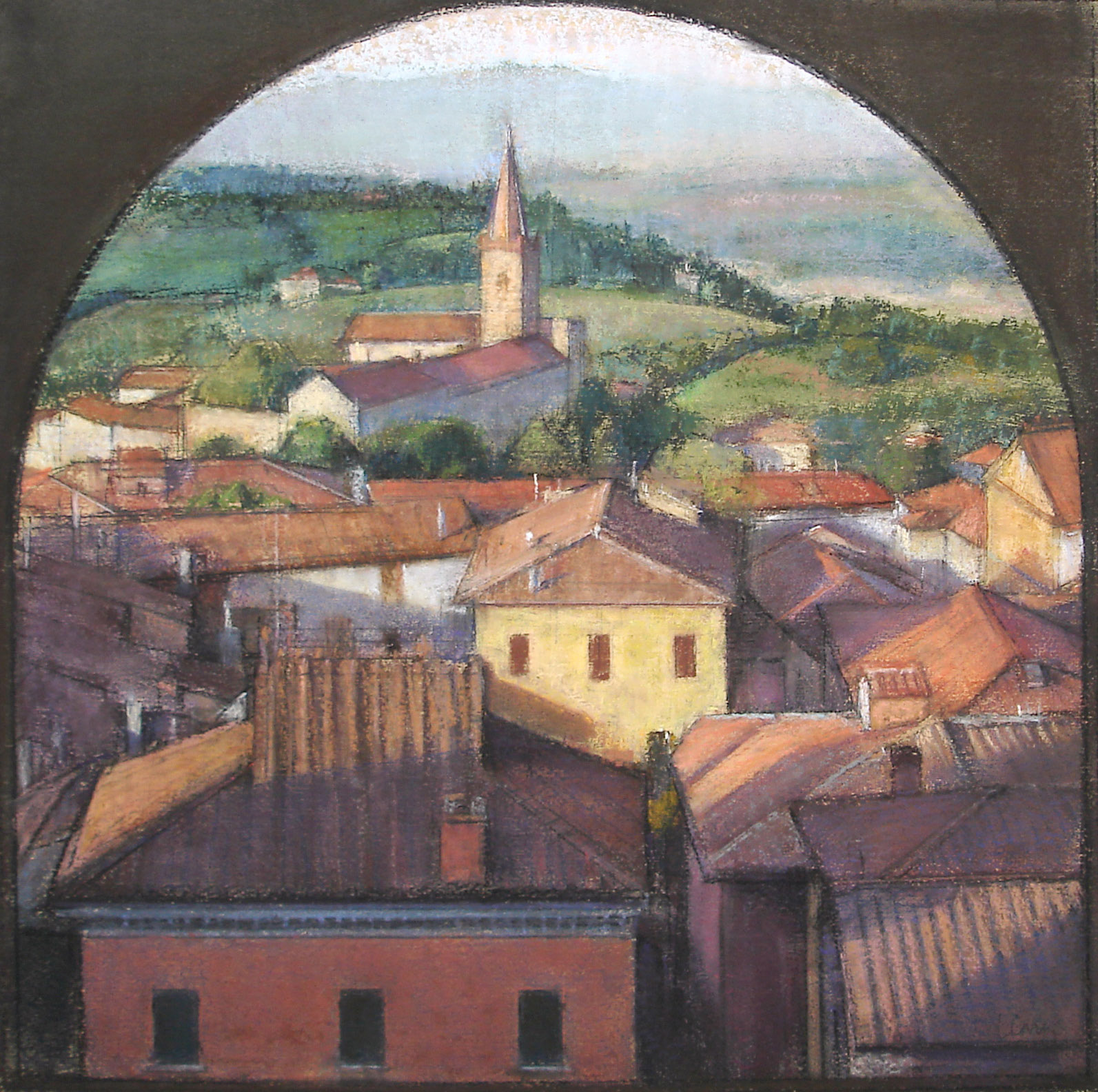
|
Linda Carey (Virginia)
“I have traveled in Italy over the past decade and much of my work is my response to the timeless Italian landscape and painting legacy. I refer to myself as a painter, though my medium is primarily chalk pastel. The densely constructed color interactions of my pastels are what push them beyond drawing. Over the years, my appreciation for the idiom of pastel.the luminous glow of the pure unbinded pigment; the way it is drawing and painting at the same time; the smoky, dirty smudges against a crisp, hard line.has intensified. I have experimented in recent years with many different surfaces and methods, and feel I am still discovering the possibilities of the medium. My paintings are a record of my struggle to order and harmonize the image while constructing a convincing impression of space, form and light. My hope is that in the end, each pastel painting reaches a point of formal resolution and speaks to the mystery of human perception and memory."
|
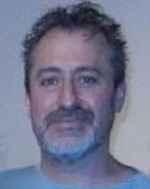
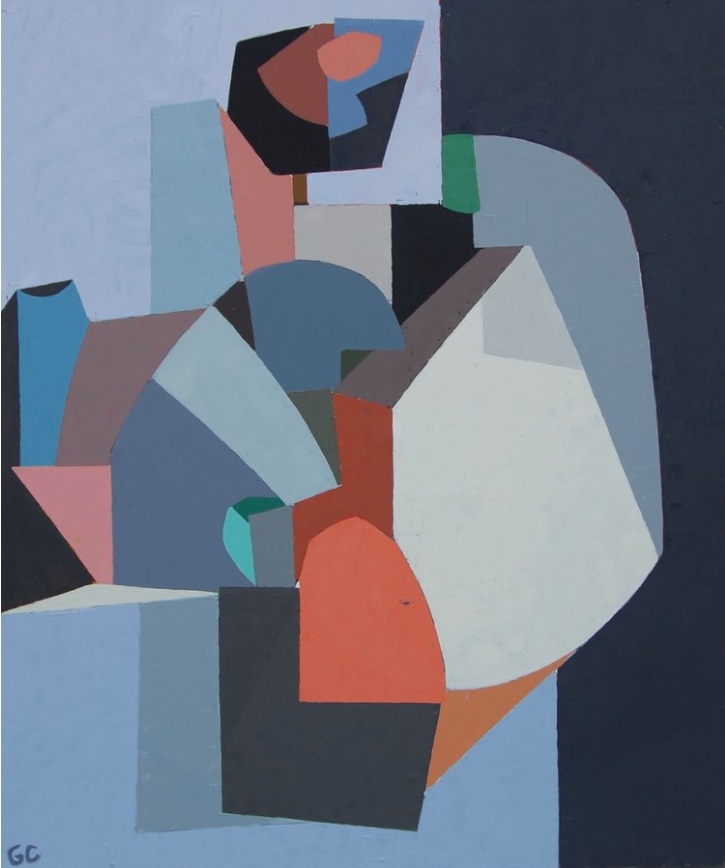
|
Glen Cebulash (Ohio) curriculum vitae
“While I maintain an abiding interest in and love for landscape, still-life and portraiture as well as a perception-based method of working, I am also a studio painter, interested in the nexus between memory and plastic imagination and an abstract language of forms. Within this context of an abstract formal language the recurring theme in my painting is that of the figure group. Working in a largely improvisational manner, and inspired by both gestural abstraction and French constructivism, I’m interested in building spatial and figurative structures out of color and gesture and the ongoing dialog between abstract and representational imagery. Often, paintings begin with only a hint of a plan. Forms are added, erased and reevaluated and the architecture is constantly rearranged to accommodate the ever-changing population of figures. What I am after, finally, is an image of energy with insistent rhythms and a psychological and formal tension arising out of the collision of abstract and figurative forces.”
|
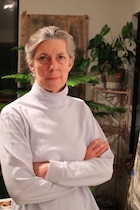
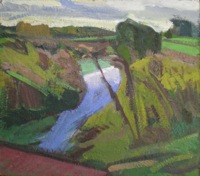
|
Deborah Chlebek (Ohio) curriculum vitae
I am absorbed by visibility. My painting is a response to the pure force of seeing. There is an urgency to seize reality and try to pin it down with this crazy substance paint. I have been involved with the Ohio landscape since childhood and in it I find endless visual impulses for painting; a movement of leaves that hang down in front of me, the compression of a leaden sky pressing down on my forehead, the whip-snap of a branch as it changes direction in space, the tenderness of a particular curve of tree, the crackle of light and shadow, the aching green of a field in early spring. Painting comes alive if it is captured as an experience. Physical contact with nature is essential. The drama of weather and the continuous bombardment of sensations drive the image until it becomes a culmination of experiences over time. My hope is to get at the reality of a place by painting everything in the picture in reaction to everything else. As Braque said, “We must choose. A thing cannot be real and realistic at the same time.” The contradiction of nature’s tangible realness on the one hand and its transient-ness on the other fascinates me, as does the ongoing question of the very nature of the artistic process.
I am inspired by the great and obsessional landscape painters - Cezanne, Soutine, Constable, Van Gogh, Monet – who engaged in an intense confrontation with the real resistant world with such authenticity.
|
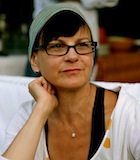
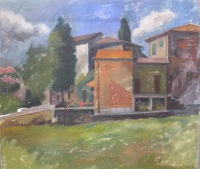 |
Tina Engels (Illinois) curriculum vitae
Tina Engels is a painter. She has been teaching at the American Academy of Art, in Chicago since 1999. Her academic work is focused in the area life drawing and painting. Ms. Engels holds a BFA from Boston University where she studied under James Weeks, Isabel McIlvain, Robert D’Arista, David Aronson, Reed Kay, Arthur Polonsky, and Grant Drumheller and an MFA from the University of North Carolina. Additional studies include the International School-Italy, Stanley Lewis, Alan Feltus, Barry Nemett and worked independently with Gabriel Laderman. Also a student of Myron Barnstone of the Ruskin School of Drawing, and the Frudakis Academy in Philadelphia. She has worked independently in France and Italy and has been awarded various residencies. A member of the Midwest Paint Group, her work has been shown in numerous exhibitions, and is held in private collections both nationally and internationally. She was a recipient of the Boston University Trustees Scholarship for study, a Holderness Fellowship, and a Howard Fellowship. Ms. Engels has held teaching positions at other universities on the East Coast. |
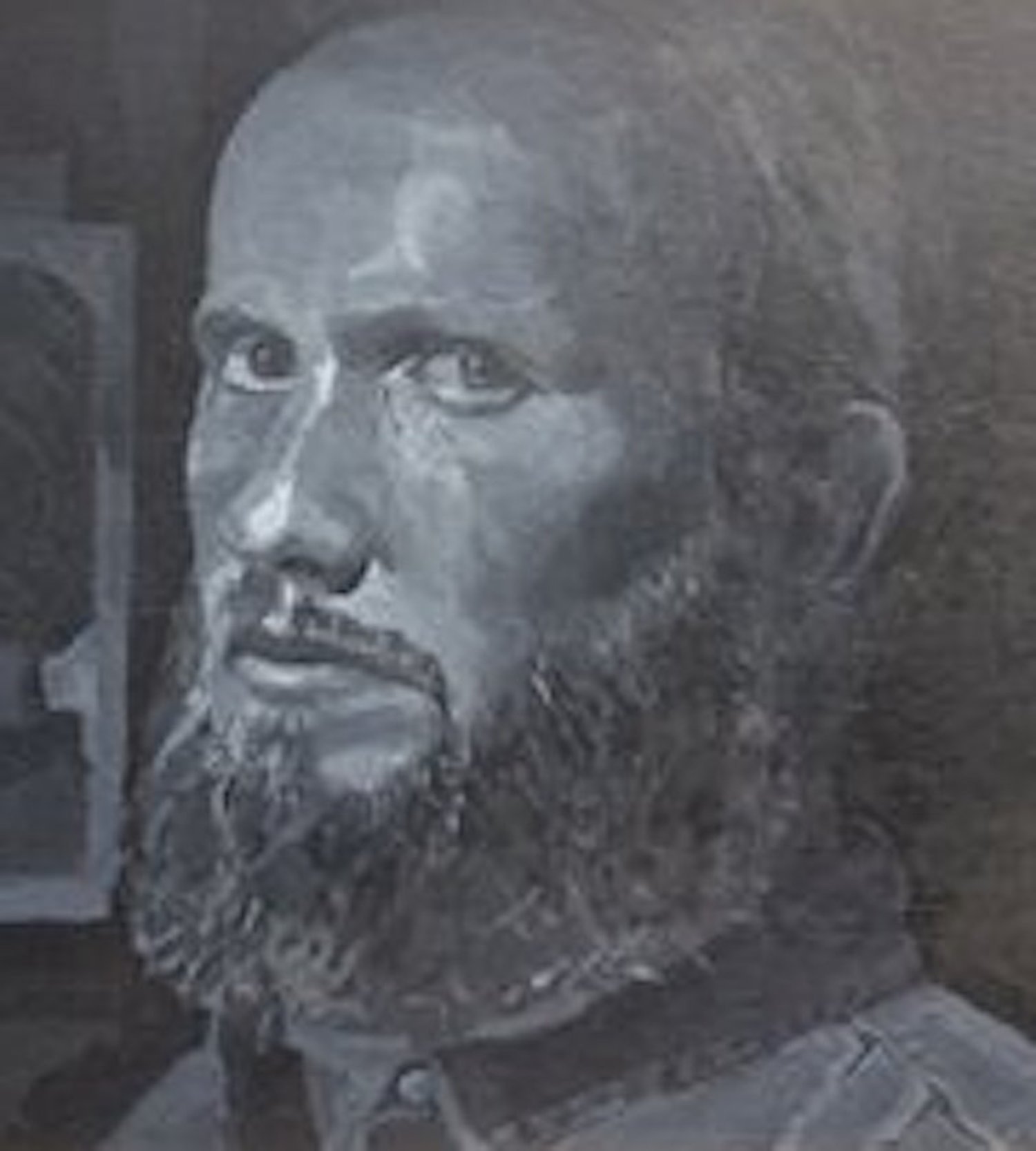
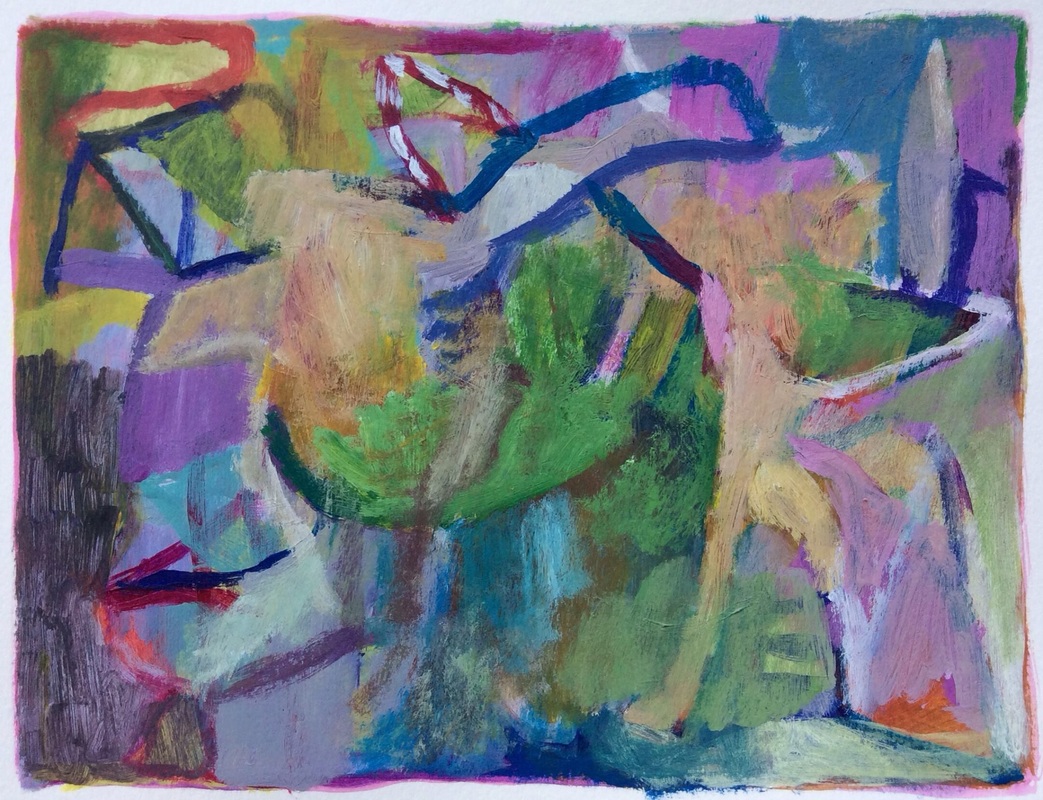 |
Chris Fletcher (Missouri) curriculum vitae
“I am interested in the possibility of suggesting surface movement on the one hand, and the potential for interpreting movement in depth on the other, and the ways these things can interact. I enjoy looking at the history of art and in some ways I try to incorporate aspects of what I have seen “in the museums” along with memories of what I have seen in nature and my imagination into my compositions." |
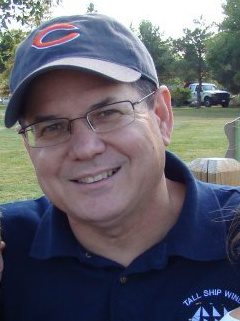
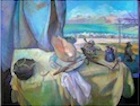
|
Timothy King (Illinois) curriculum vitae
“My work connects to past great traditions of painting while satisfying my urgent sense of modernity, my love of natural forms and my aesthetic joy in perception. All my work represents an intimacy and pathos in regard to my contemporary aesthetic to nature, humanity and art. My landscapes are motivated from my search for the sublime, the preservation of painting’s perceptual origins and the message of environmentalism. Somehow I see these artistic causes in parallel dimensions. I share the passions of Corot and Constable for nature and art. However, I view art and nature from a dire ecological consciousness.
My style comes out of the historical desire to establish structural and poetic spaces as well as the modern need to balance this with how the world feels today."
MPG Co-founder
|
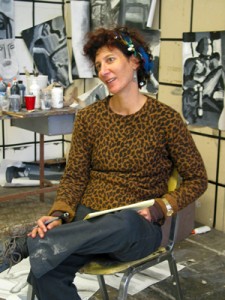
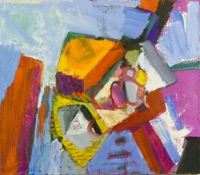
|
Lynette Lombard (Illinois) curriculum vitae
“I paint an experience of place. The visual, visceral and physical relationships I see and feel become rhythms of light. As a landscape painter, I work directly from the motif to evoke an elemental, bodily sense of place structured by the dynamic geological and perceptual forces I see at work around me. The material itself has its own geology and response to touch. I like the way paint turns from liquid to stone as it dries.
My work investigates what it means to be part of a place, to locate myself inside my environment where masses of land, air and water rise and sink, push forward and recede, open and bend towards or away from each other. The ideas of disconnection and distancing from our environments continues to lead to the environmental disasters we are seeing across the world today and in this sense, as a landscape painter, I see my work as a form of activism. When I choose a motif to work from there is a kind of jolt on the nerves where the whole presence of a place is felt. I want to evoke that primary sense of confrontation and connection.
At times, I work from memory as a way of distilling my experiences. What I want to get hold of is that slow unfolding as an image opens up and allows for a space of contemplation. In that space sensations and memories merge, connections and meanings are revealed. It is where the fragile and sometimes disturbing become actual and tangible and conjure a spirit of place.” |
|
|
o MPG ARTISTS
|
|
|
|
|
|
Jeremy Long (Ohio) curriculum vitae
“My position is that nature provides so many answers and questions about painting that if one were to disregard the act of looking as a mere academic activity then the opportunity of literally learning how to see would be missed. Having said that, I don’t agree with Duchamp when he states that the eye is a dumb organ. Duchamp talked about the eye of the mind but I think the eye has a mind of its own and there are different ways we see. My work comes out of abstraction and is engaged with forming ideas derived from Cubism and Mondrian. I admire cubism because at its best it never got rid of the painting that came before it, instead it added something new. I am not looking backward at representation; I am looking forward to the possibilities available in modernist construction and its sensibility when applied to the motif, its form and its space. Painting should engage bodily and this relates to empathy; I need to feel myself in it.” |
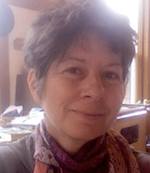
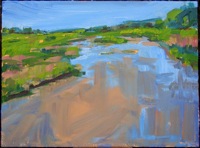 |
Amy MacLennan (Missouri) curriculum vitae
(Saint Louis, MO) MFA, BFA Indiana State University.
Assistant Professor, McKendree University, Lebanon, IL.
Solo and Duo Exhibitions Halcyon Contemporary Art, Terre Haute, IN | Hastings College Art Gallery, Hastings, NE | Arts Place, Portland, IN | University Gallery, Indiana State University, Terre Haute, IN | Rose- Hulman Institute of Technology, Terre Haute, IN. Group Exhibitions Art Saint Louis Gallery, Saint Louis, MO | Beverly Arts Center, Chicago, IL | Warehouse Gallery 1, Prairie Center of the Arts, Peoria, IL | Hastings College Art Gallery, Hastings, NE | Wichita Center for the Arts, Wichita, KS | Rose-Hulman Institute of Technology, Terre Haute, IN | Visual Arts Gallery, Interlochen Center for the Arts, Interlochen, MI | University Gallery, Indiana State University, Terre Haute, IN | Swope Art Museum, Terre Haute, IN | Bradley University Heuser Art Center, Peoria, IL | 33 Collective Gallery, Chicago, IL | Bicentennial Art Center and Museum, Paris, IL Rockford Art Museum, Rockford, IL | Turman Gallery, Indiana State University, Terre Haute, IN | Dean Johnson Gallery, Indianapolis, IN.
|
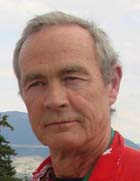
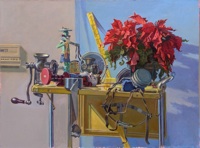 |
Michael Neary (Missouri) curriculum vitae
“I do my best work when I feel some kind of a connection with the site where I set up my easel. I look at how the whole scene ties together as it comes into my field of vision. I use multiple focal points to energize the space of a painting. Being on the street in the natural light is important to me. As light patterns change, almost
infinite numbers of possibilities can appear from the same point of view, but things don’t reveal themselves at once. It takes a while. By working outside in the weather, I’ve learned to be patient while I try to get closer to painting how things really look to me. Like a camera with a very slow shutter speed, I need a lot of exposure time. People move around so quickly that they rarely show up in my work. The only person in my recent work was a friend who posed for me on
his motorcycle. I’ve learned to like painting on cloudy days because colors stay more constant. On sunny days I rarely spend more than two hours at a time on a particular canvass before changing to another canvass I keep stored in my truck’s cab while it’s in progress. A few famous outdoor artists like Monet actually
changed canvasses hourly as the sun crossed the sky.”
MPG Co-founder
|
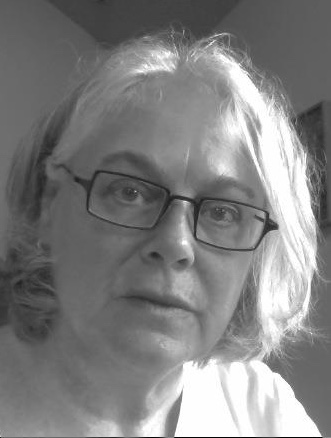
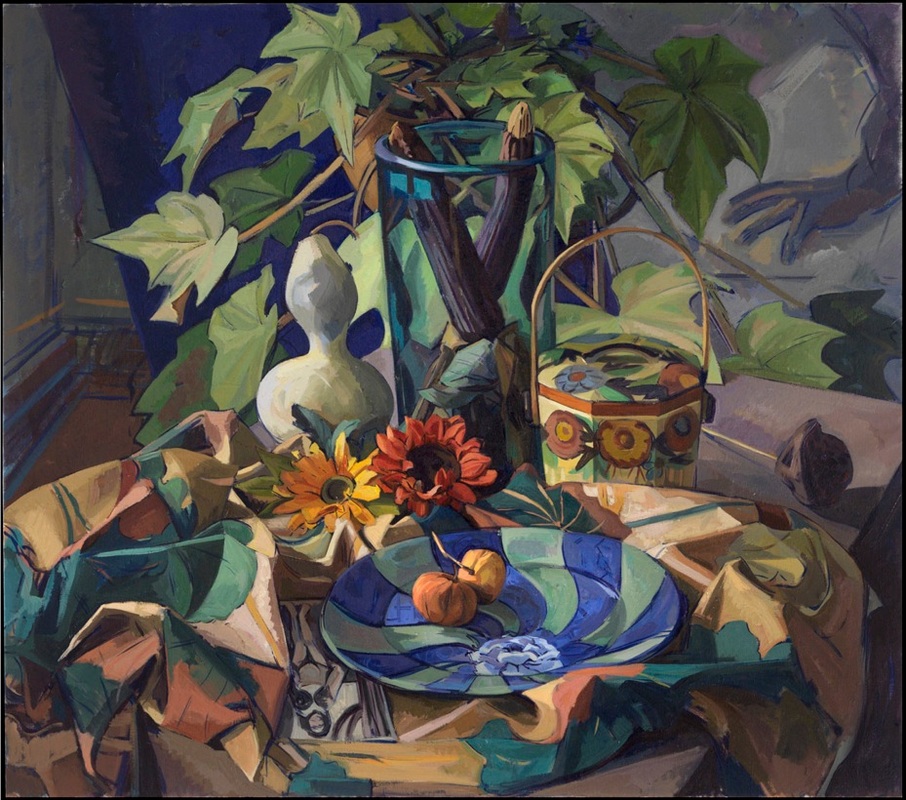 |
Janet Niewald (Virginia)
Her work has been included in many juried competitions, including the Bowery Gallery, the Prince Street Gallery, and the First Street Gallery biennial competitions in New York City. She shows often at university venues, as well as at art centers in the Northeast and the South. Her paintings have also been exhibited at the Masur Museum of Art in Monroe, La.; the Taubman Museum of Art in Roanoke, Va.; and the Nelson-Atkins Museum of Art in Kansas City, Mo. She has been affiliated in the past with the Bedyk Gallery in Kansas City, Mo.; the Munson Gallery in Santa Fe, N.M.; and Reynolds Gallery in Richmond, Va.
Niewald studied biology, art and Asian studies at Connecticut College in New London, Conn., and attended the New York Studio School Program in Paris, France, before transferring to the Kansas City Art Institute to earn a Bachelor of Fine Arts. She received a Master of Fine Arts in painting from Indiana University in Bloomington, Ind.
Niewald was next granted a year-long Ford Foundation Grant for an artist-residency at the University of Georgia in Athens, Ga., where she was subsequently asked to teach. Since 1980, she has taught in the School of Visual Arts at Virginia Tech. She was the 2008 recipient of the College of Architecture and Urban Studies Career Achievement Award.
|
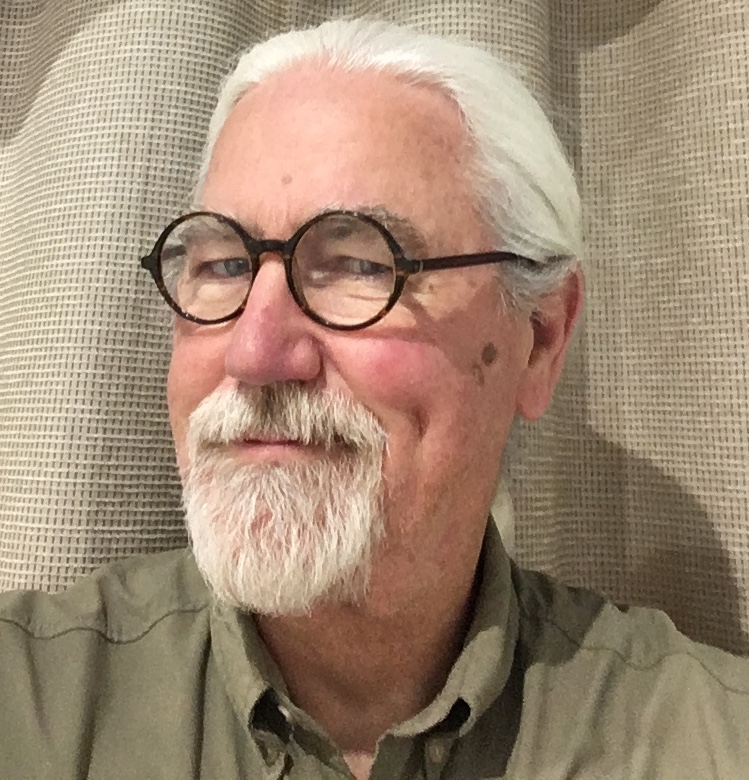
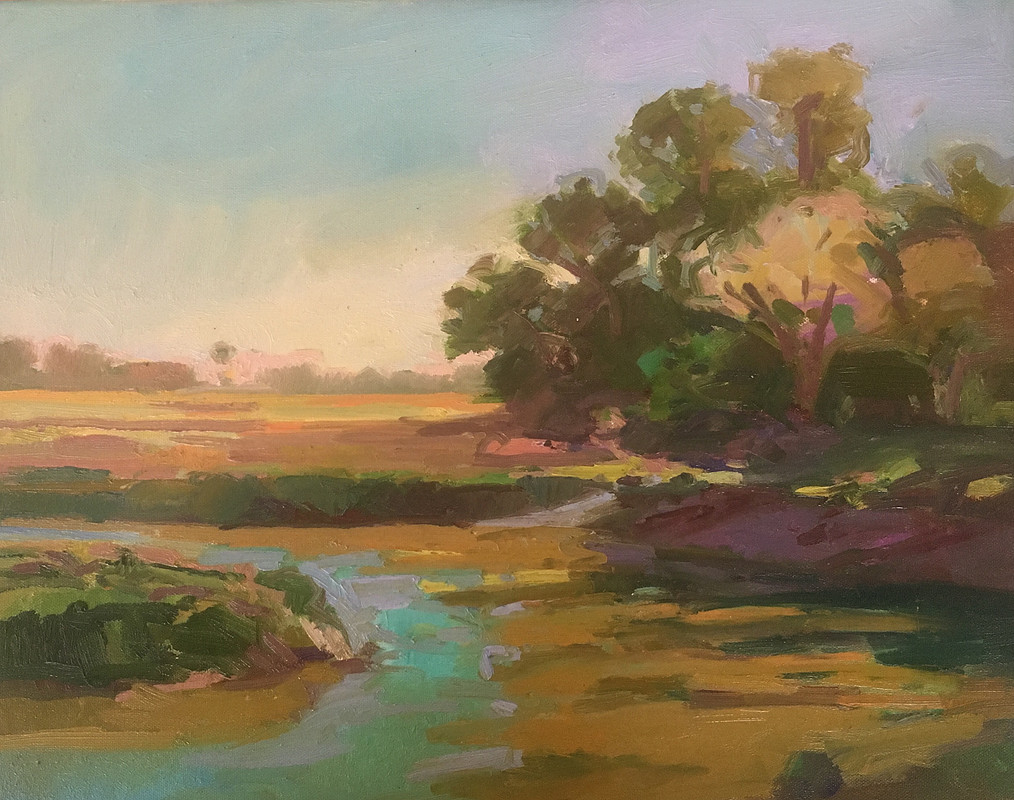
|
Bill White (New York)
“I have been painting my whole life beginning as a child in Philadelphia and continuing today in my studio in Troutville Virginia. My education was at The Philadelphia College of Art where I received my BFA and Tyler School of Art, Temple University where I received my MFA. I taught painting at Indiana University and then at Hollins University in Roanoke, Virginia. I retired in 2010 after 41 years of teaching and can now paint full time. I enjoy being able to travel and continue to teach workshops both here and abroad.
My work is primarily in oil but I also use water media especially when traveling. The subject matter of my painting is not my primary interest, I try instead to focus on the effect that light has on the subject and use color as my means to translate feeling into form. " |
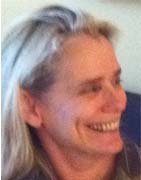
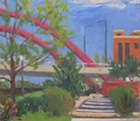
|
Megan Williamson (Illinois) curriculum vitae
“The nature that inspires me is the nature that has been altered by the human hand. How things grow as a result of either our attention or indifference is something that appears in my work in a variety of ways. The flowers in a still life may come from a hothouse or an overgrown city lot. A landscape can be found in a beautiful private garden or in two trees struggling to grow under an expressway. As an artist, I find the intersection of the inevitable drive of nature to grow, and the effects of man on it, to be a fascinating and an artistically compelling subject. It provides a stage for many stories to be told and hopefully several in the same painting. While I look to the visual world for my inspiration, I also employ many constructs of painting (color theory, composition, etc) to translate what I see in nature into a work of art. In the end I hope to produce artwork that both transcends and is true to the view that inspired it.” |
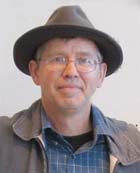
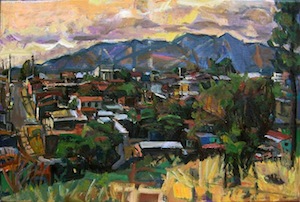
|
POSTHUMOUS
Philip Hale (Ohio) curriculum vitae
I believe that for painting to thrive in this century as the high Art that it is, young painters, teachers, and the general viewing public should understand the concept of plastic or pictorial space, as found in the best paintings, and its difference from naturalistic space, as found in nature. I believe Hans Hoffmann’s teachings have proved true on this. He taught that plastic creation provides a three-dimensional effect but must exist two-dimensionally; where the picture plane is completely maintained. When this has been accomplished, a painting has tension, real force, and a breathing life - akin to harmonics in music.
MPG Co-founder
|
|
|




